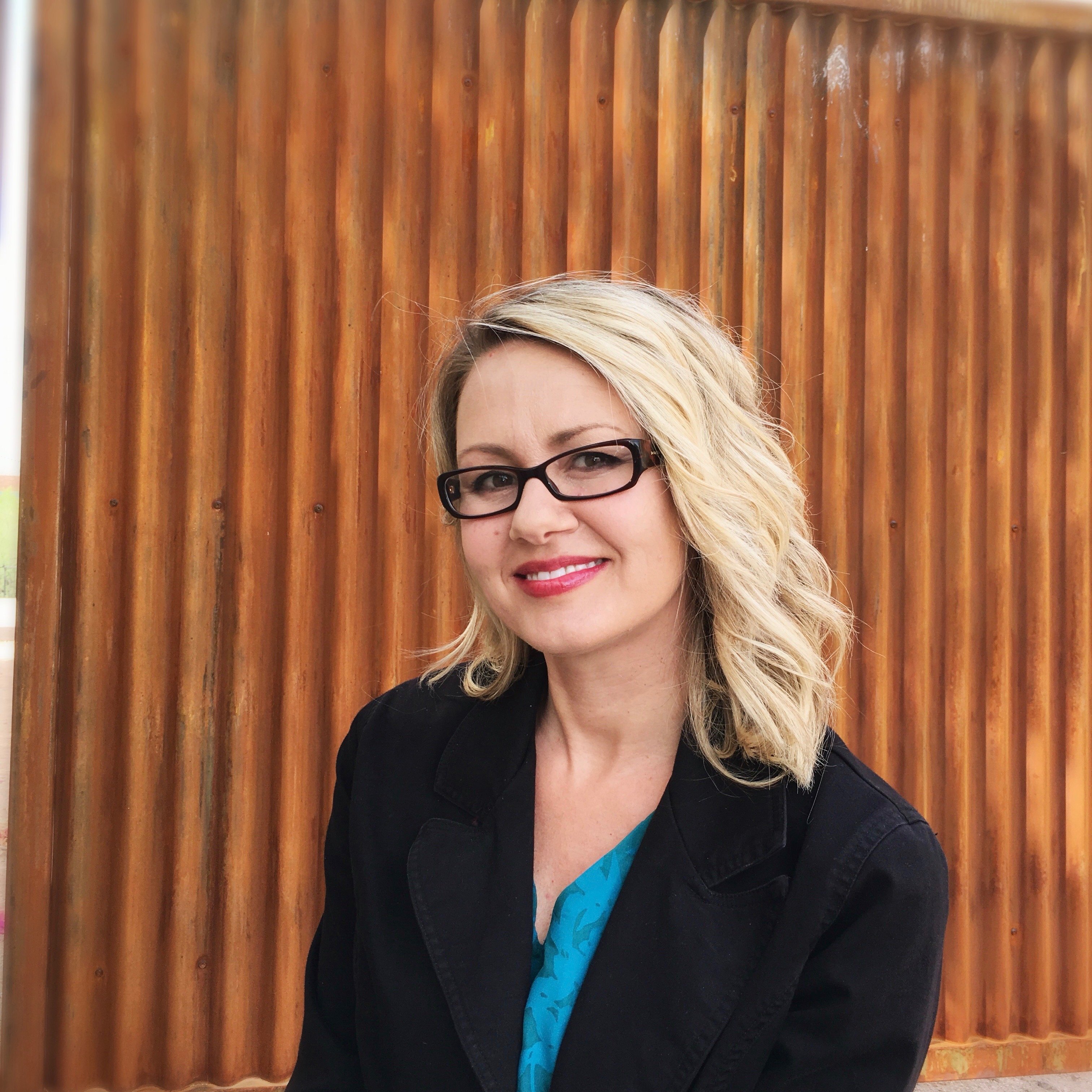Phoenix Metro Neighborhoods with the Most Shade Trees
Phoenix has an estimated 92,000 trees, according to data from the myTreeKeeper tool. In 2010, the city unveiled a Tree and Shade Master Plan that included initiatives to have at least 25 percent of the city with tree canopy coverage by the year 2030. Since then there have been hundreds of new trees planted each year, including 2,000 trees planted in 2017 alone. But while the city is busy creating the roadmap for a “healthier, more livable and prosperous 21st Century desert city,” there are many neighborhoods that take pride in the established mature trees towering over their homes and streets.
Why would established trees be a prerequisite for some homebuyers? To stymie the effects of rising temperatures and improve air quality as well as manage stormwater issues and increase energy savings. A strong tree canopy can lower temperatures by as much as nine degrees as well as raise property values, according to local officials.
Not only does having trees help the environment, it also helps the aesthetic of a home’s curb appeal. The benefits of having trees are endless, especially in areas where the temperatures are hot. Here’s a list of Phoenix metro neighborhoods with the most established trees, some over 100 years old, that provide the most shade.
Arcadia

Nestled between the heart of the city and Scottsdale is the quiet suburb of Arcadia. Originally an area prime for citrus farming, the neighborhood still boasts orange, lemon, and grapefruit trees. A dense canopy of mature trees can be found beginning on North 44th Street and heading east to the Scottsdale border. The neighborhood is also known for having “The Mysterious Date Palms of Phoenix,” which are clusters of date palms that were once part of the area’s date tree ranches that stretched from Glendale to Mesa.
Downtown Historic Districts

Not only home to a variety of architectural styles dating back to the 19th century, the Downtown Historic Districts of Willo, FQ Story, Roosevelt Row, and Coronado are all equally rich in the diversity of mature trees. Aleppo Pines and Washington Palm trees can be seen shading bungalows in Willo, while olive trees and palm trees line the narrow streets of the Alvarado neighborhood. The lush of greenery seen in pocket parks and community garden beds throughout these areas almost makes you feel as though you’ve left the desert completely.
Cheery Lynn

This vibrant and diverse neighborhood established in 1928 is widely recognized for the style of homes. English Tudor and English Cottage styles are characterized by their old-world charm, but the trees surrounding these homes are what make them even more noticeable. California Fan Palms line the streets while Evergreen Elms and Indian Rosewoods stand as the centerpiece of many front yards. Due to all the palm trees in Cheery Lynn, a population of wild colorful African Parrots have nested in the area over the years.
Uptown Row

Uptown Row is home to many historic districts that include vast shade from sky-high trees and thick canopy trees. Medlock Place Historic District, Pierson Place Historic District, and Windsor Square Historic District were all born out of replatted lots during the 1920s and 1930s. The area is a snapshot of the past, featuring homes with architectural styles such as American Colonial Revival and California Contemporary Ranch situated on spacious lots with manicured yards surrounded by trees like towering pines, Palo Brea, and Arizona Ash.
Royal Palms

Larger, established homes in Royal Palms were built between 1949 to 1986 with mature trees to match. The stoic palm trees lining North 11th Avenue have become synonymous with the neighborhood as much as they have become a landmark. Fruitful citrus trees can be seen in many backyards while older Shoestring Acacia join newer additions of Blue Palo Verde and Mesquite varieties.
Maple-Ash/Mitchell Park

Just south of Downtown Tempe, the oldest neighborhoods include Maple-Ash, named for the variety of trees found prevalent in the area, and Mitchell Park. These two adjacent neighborhoods are bountiful with mature trees and greenery thanks to its flood irrigation process. Flood irrigation has been used in Tempe since the early 1900s to irrigate its agricultural land by way of open ditches. This changed to standpipes in the 1930s but the method has allowed the neighborhoods to remain “a green sanctuary in the midst of a desert environment,” per Salt River Stories.

